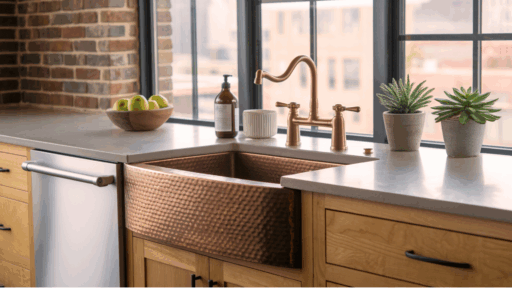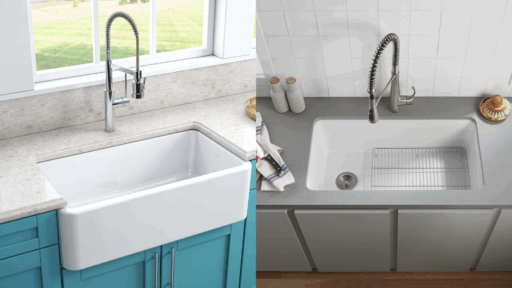I used to think a window was just glass in a frame-simple and nothing more. But once I started learning about home repairs and upgrades, I realized there’s a lot more going on.
Each part of a window has its own name and job, and understanding them really helped me make better choices during home projects.
If you’ve ever been confused by words like “sash” or “pane,” you’re not alone. I was, too.
That’s why I decided to break it all down and explain how windows are built, what each part is called, and what it does.
If you’re planning a home renovation, fixing a broken window, or just curious, this will make things easier to understand.
You don’t need to be an expert to get this. I’ll keep it simple, clear, and practical-just like I wish someone had done for me.
By the end, I hope you’ll feel more confident when it comes to windows and how they work.
Why Window Components Matter?
Windows do more than just let in light; they protect against weather, help with airflow, and add style to a space.
Each part of a window has a job, and when one part isn’t working right, the whole window can be affected.
Understanding the parts of a window makes it easier to notice problems, explain issues to a professional, or choose the right type during repairs or upgrades.
For example, some parts help the window stay in place, some make it open and close smoothly, and others keep water and air from getting inside.
This knowledge also helps when shopping for new windows or checking for wear and tear.
Knowing what to look for can save time and money, especially when making home improvements.
When all parts work together as they should, windows last longer, perform better, and keep the home safe and comfortable.
The 5 Main Components of a Window
Windows may look simple, but they’re made of several important parts that work together. The five main components and what each one does:
1. Frame
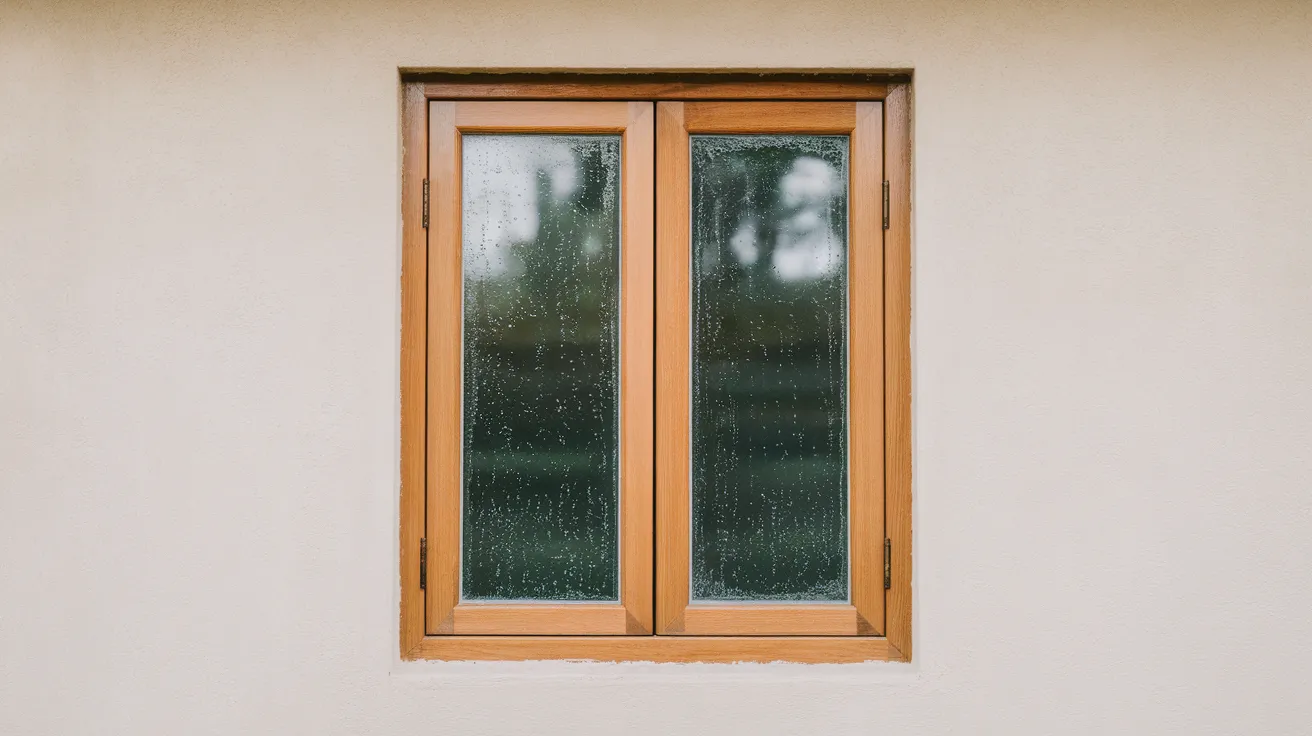
The frame is the outside part of the window. It holds everything together and keeps the window in place. It’s usually made of wood, vinyl, aluminum, or fiberglass.
The frame is attached to the wall and supports the rest of the window parts. It also helps keep out wind, rain, and bugs. If the frame is not strong or properly sealed, the window won’t work well.
A good frame makes the whole window sturdy and helps it last longer, even in rough weather.
2. Sash

The sash is the part of the window that holds the glass. It can be fixed or it can move, depending on the window style.
For example, in a sliding window, the sash moves side to side. In a double-hung window, it moves up and down.
The sash helps the window open and close smoothly. It also adds support to the glass so it stays in place.
A tight sash helps keep air and water from getting inside, which makes the room more comfortable and energy-efficient.
3. Glass Pane

The glass pane is the clear part of the window that you can see through. It lets sunlight into the room and lets you see outside.
Some windows have one pane of glass, while others have two or even three. These extra panes help with temperature control and can block out noise.
In cold weather, double-pane windows help keep heat inside. In hot weather, they help keep heat out.
The type of glass used can also block harmful UV rays or make the window harder to break.
4. Grilles (or Muntins)
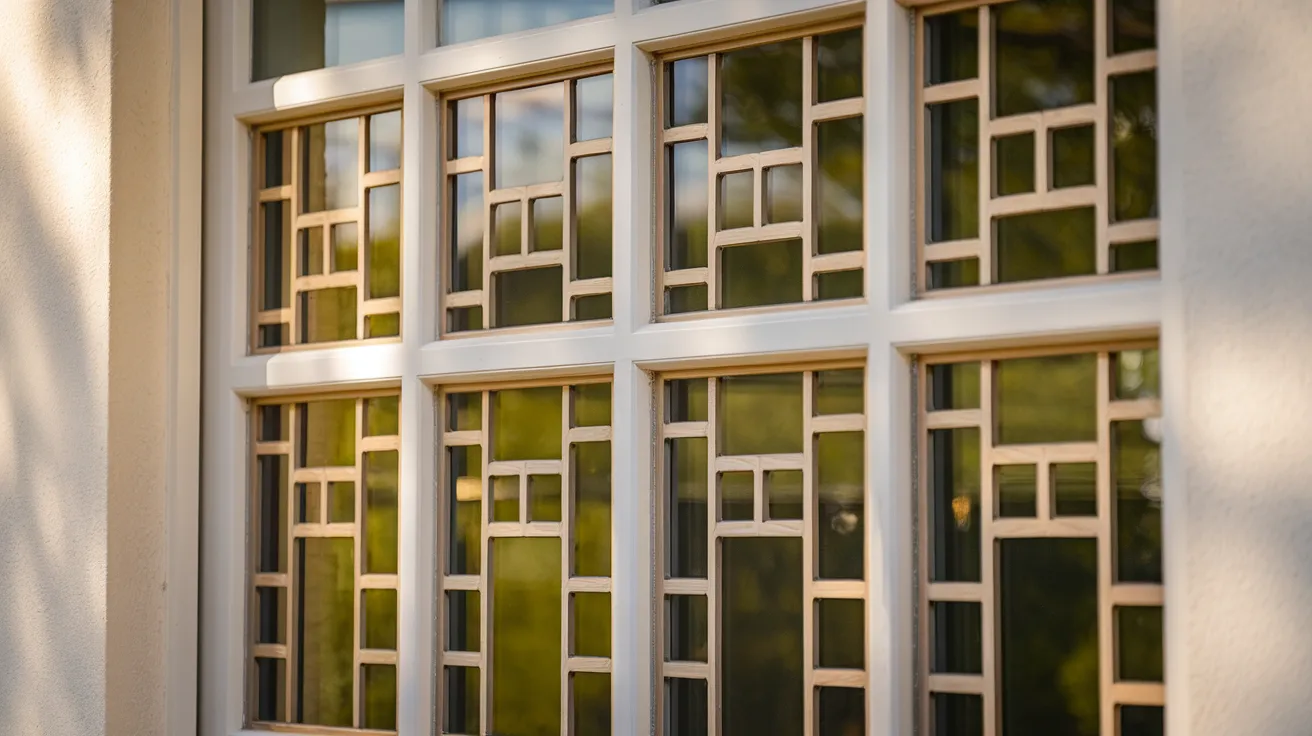
Grilles, also called muntins, are the thin bars that divide the glass into smaller sections.
Some people choose them for style, to give the window a classic or decorative look. In older windows, grilles were used to hold smaller pieces of glass together.
Today, they’re mostly just for design and are often placed between two layers of glass.
Some windows let you remove or clean around the grilles.
While not all windows have them, grilles can add character and match the look of a home.
5. Hardware
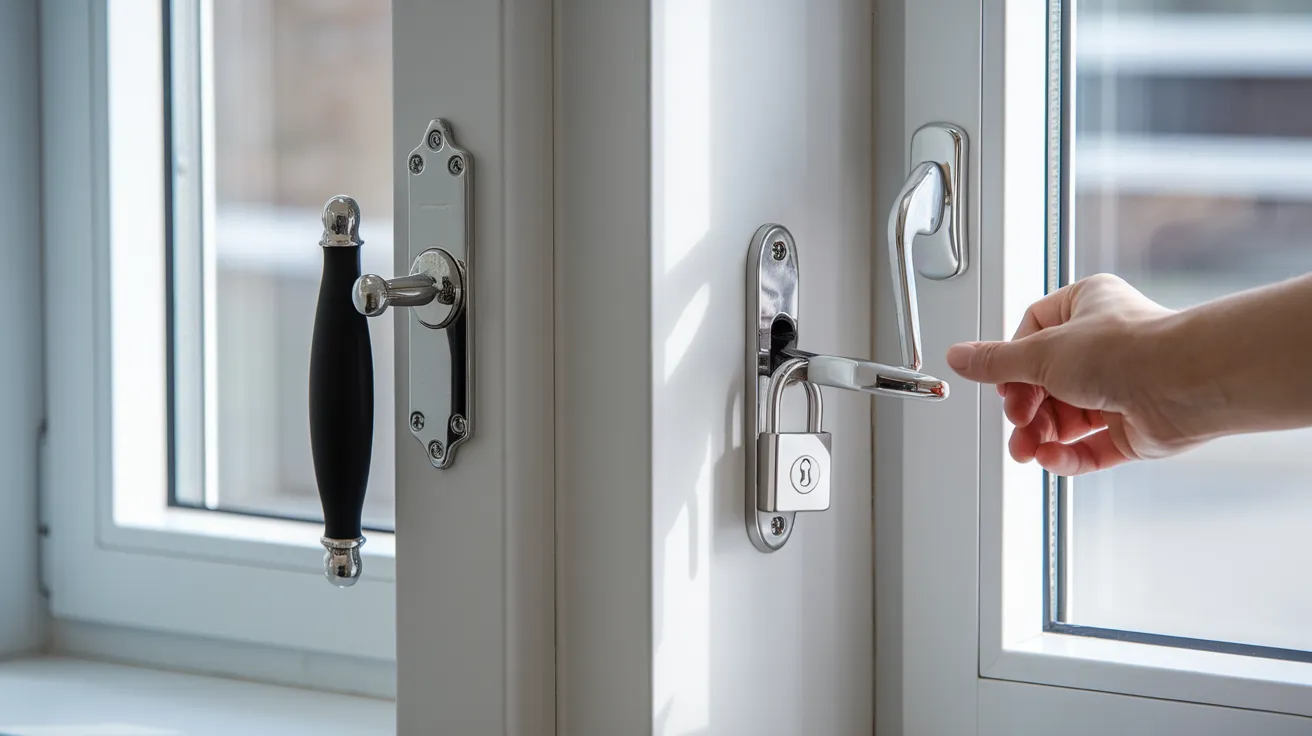
Window hardware includes all the components that facilitate the window’s opening, closing, and locking functions. This includes handles, cranks, locks, and hinges.
Good hardware makes the window easier to use and helps keep the home safe.
For example, locks keep the window secure, while cranks or levers help open windows that are hard to reach.
Over time, hardware can wear out or become loose, so it’s essential to inspect it periodically.
Well-made hardware can also enhance the overall appearance of the window and complement the room’s style.
Tips for Window Maintenance and Inspection
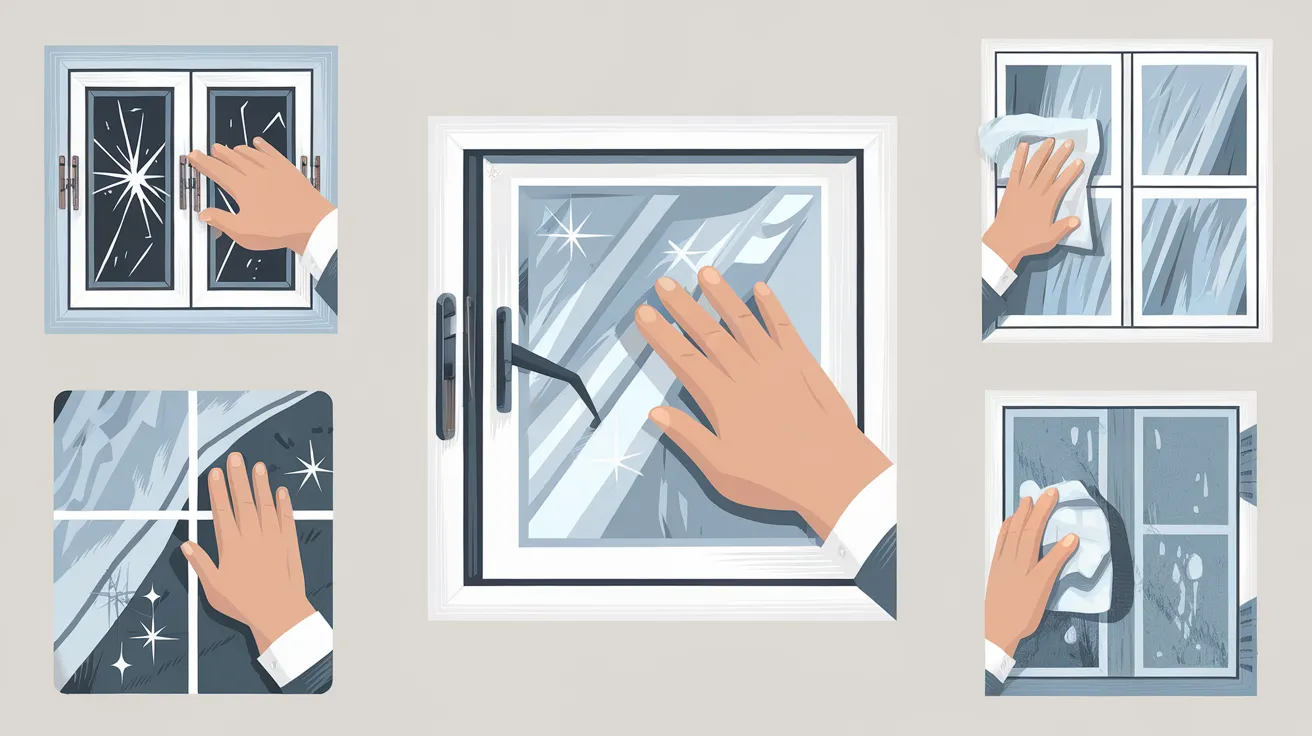
Keeping windows in good condition helps them last longer and function more efficiently.
Regular checks can also help prevent bigger problems later. Some easy tips to follow are:
- Look for cracks or gaps: Check the glass, frame, and sash for any signs of damage or wear. Gaps can let in air, bugs, or moisture, and may need sealing or repair.
- Test the locks and handles: Make sure all hardware moves smoothly and feels secure. If anything sticks or wobbles, it might just need cleaning or tightening.
- Check for drafts: On a windy day, place your hand near the window edges to feel for cold air. If there’s a draft, the weatherstripping or seal could be worn out.
- Clean the glass and tracks: Use a soft cloth to wipe the glass. Remove dirt and debris from the sliding tracks to ensure the window opens and closes properly.
- Watch for water damage: Stains, peeling paint, or soft spots around the frame may mean water is getting in. These issues should be addressed promptly to prevent further damage.
Conclusion
Before I really paid attention, I didn’t think Windows had many parts. However, once I began learning more, I realized how each piece plays a crucial role.
From the frame that holds everything together to the glass pane that lets in light, every part matters.
Knowing the names and functions of these parts made it easier for me to spot problems and understand how windows work.
It also helped me feel more confident when talking to repair people or choosing new windows.
Now, when I look at a window, I see more than just glass. I see how it’s built, how it protects the home, and how to take better care of it.
I hope this helped you see windows in a new way, too-and made everything easier to understand.
Thinking about replacing your windows? Learn when the timing is right by checking out this guide on when is the best time to replace your windows.
Frequently Asked Questions
Can I replace window parts myself?
Yes, some parts like locks, handles, or weatherstripping can be replaced easily. For bigger repairs, like broken glass or sashes, it’s safer to call a professional.
How do I know if my window needs repair?
Look for drafts, cracks, water stains, or if it’s hard to open and close. These are signs that something may be wrong.
How do I maintain my window components?
Check for cracks, clean the glass and tracks, test locks and handles, and look for drafts or water damage. Keeping windows clean and sealed helps them last longer.
What’s the best way to clean a window?
Use a soft cloth with glass cleaner for the pane. Clean tracks and wipe the frame with mild soap and water.







